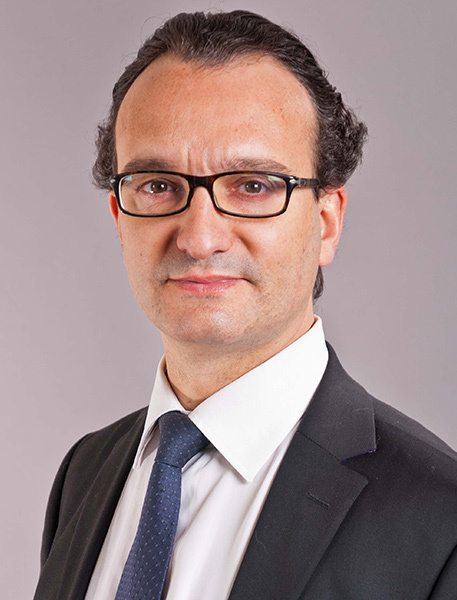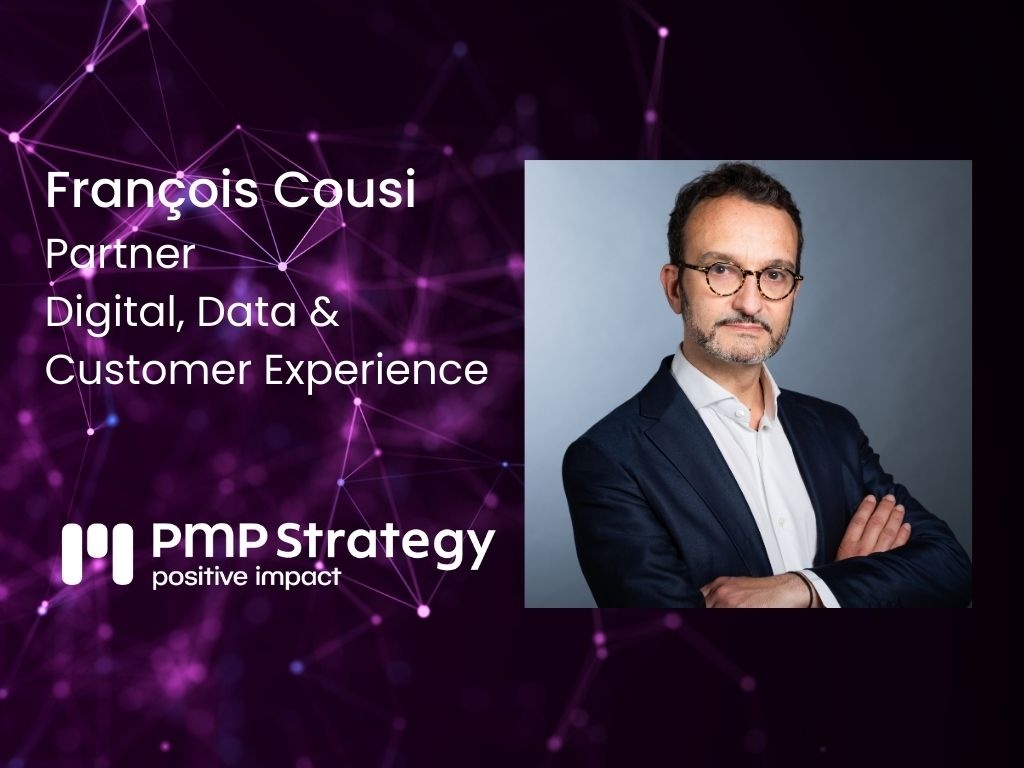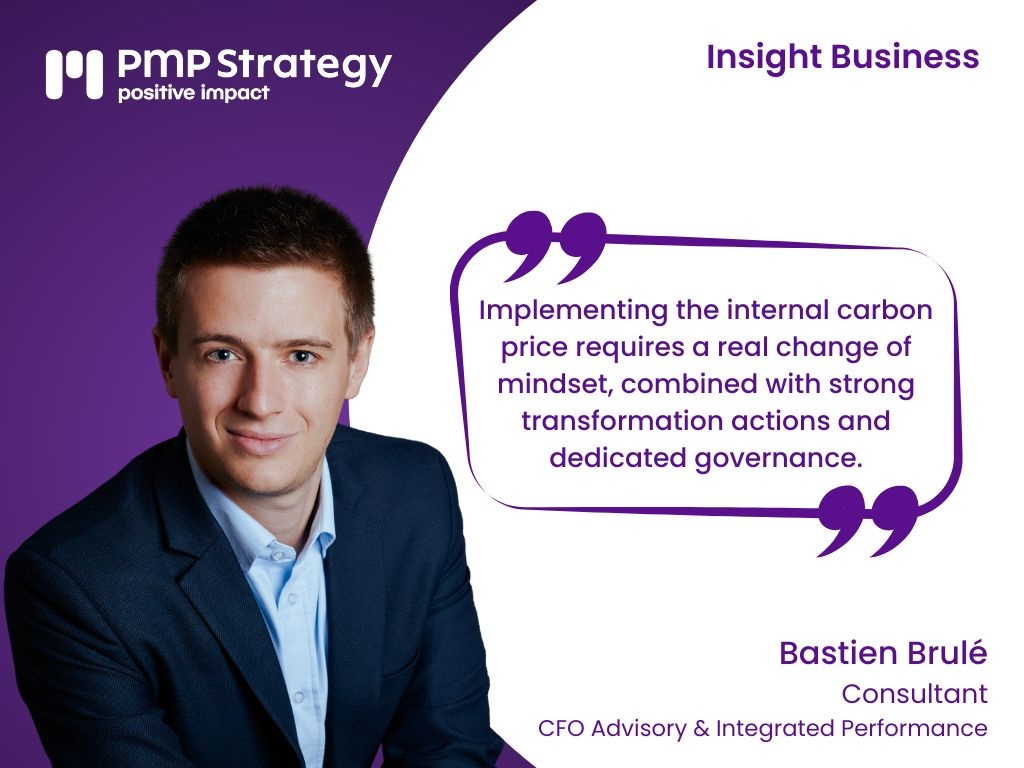François Cousi, partner in charge of the digital and e-commerce pole at PMP shares his expert opinion on the advent of v-commerce (voice-commerce / vocal commerce)
From c-commerce …
2017 saw the emergence of conversational commerce (c-commerce), and chatbots in the daily on-line relationship with the customer: help with personalized purchasing, real-time assistance in the event of difficulty, etc. The Phil Welcome from Accorhotels, ShopBot from Ebay, and other chatbots from Blablacar are now part of the customer journey.
But it is above all via messaging applications (Facebook Messenger, Viber, WeChat, SnapChat) that c-commerce has taken off, allowing brands to sell their products directly on them. So much so that in China, WeChat, with its billion users, 83% of whom buy products online, has become the staple of the entire Chinese commerce ecosystem. 2017 also saw the emergence of new players who position themselves on social networks, such as the American e-merchant Wish with 2.5 million products sold every day, and others who promote a new form of e-commerce. community-based, like Teeps in France.
We are only at the beginnings of these conversational tools and 2018 should see the deployment of these tools which remain, for now, based on decision tree logic, where the use cases are preconfigured and therefore without any real possibility of adaptation or customization.
So what is missing for a real take-off of conversational commerce?
Precisely a real ability to converse in a personalized way with each Internet user, by adapting in real time to the content of the conversation, which is based on artificial intelligence, or even sometimes, machine learning, and on semantic analysis. 2017 was certainly the year of artificial intelligence, but more as a topic of discussion than as a mastered tool.
The current tests allow an acceleration of the learning of this conversational commerce in an intuitive mode. The challenge for e-merchants is to register now in this test and learn approach in order to acquire AI technological expertise and mastery of these new intuitive customer journeys sufficiently early to prepare for the next step that is looming. already: v-commerce (voice-commerce or vocal commerce).
… at v-commerce
Even if the technology supporting v-commerce is still in the preliminary stages, Amazon’s Alexa and Google Home tools have already mobilized retailers and travel sites. After easyjet, which uses Alexa to allow its passengers to access the status of their flight since summer 2017, Fnac Darty, Sephora and oui.sncf have taken the step of voice commerce via Google Assistant in March 2018 – in mode test initially, but with the will displayed by Google to deploy its “Transactions” module by the end of 2018. With the development of its virtual concierge Chloé, Fnac-Darty aims to achieve 10% of its turnover via the voice channel.
According to some studies, v-commerce could generate 40 billion dollars in the world in 2022. Runaway? Not sure, when we know that 56% of French people already have a voice assistant in one of their digital devices.
What should e-merchants do?
From there, the question now arises for e-merchants to reallocate their digital investments: should we continue to invest heavily in optimizing the customer journey of their sites? Should we program the announced death of desktops sites and start transferring investments on these vocal technologies – and especially AI which are the prerequisite for the development of v-commerce? What do the pioneers Fnac-Darty, Sephora and oui.sncf finally teach us? The development of v-commerce, which is still experimental, will certainly take a few more years, time to reach a dual maturity of technology and consumers. But in learning about this new technology – and its media such as AI that support it – the players who are now positioning themselves in test and learn mode over the long term are clearly seeking to take the lead that will allow them to be more ready and more efficient than their competitors when this mode of commerce takes off.
A quick glance in the rearview mirror shows us that those who invested the earliest in technologies moving the lines of e-commerce have been able to capture the market: m-commerce (Booking), personalization (Amazon), recommendation ( Tripadvisor), c-commerce (WeChat) …
The speed of transition to v-commerce is still uncertain today, as is its relevant scope of application. Getting to master the AI and semantic analysis technologies that underpin it is, on the other hand, an essential challenge. The implementation now of a test and learn approach on these technologies, by carrying out proof of concepts and by a gradual deployment of their use, is key to being ready at the right time, in the right “time to market” .
François COUSI, Partner of PMP

François Cousi worked in operational management for 10 years in retail. Particularly within Fnac where he took part in the overhaul of the store concept and the launch of digital activities (fnacphoto.com, etc.). He was also General Manager of an organic supermarket chain, Bio C’Bon. François Cousi joined PMP in 2010 to develop the Digital and e-commerce activity. He advises leading players in retail, travel and
s services in defining their digital / omni-channel strategy, creating new digital business models (marketplaces, pricing models, new digital services, disintermediation, diversification, etc.) and improving their e-commerce performance (360 audit ° – acquisition, conversion, UX, repeat business, NPS, data management / IA). He supports his clients in the digital transformation of their organization. He also acts as an expert on store concept and B2C marketing topics.






